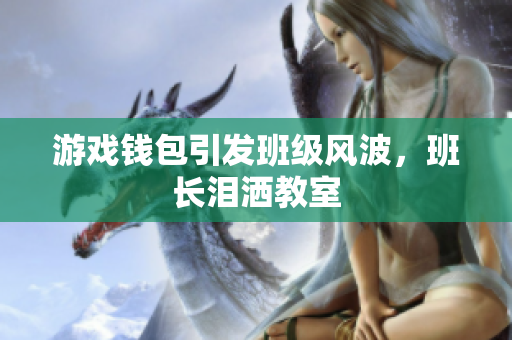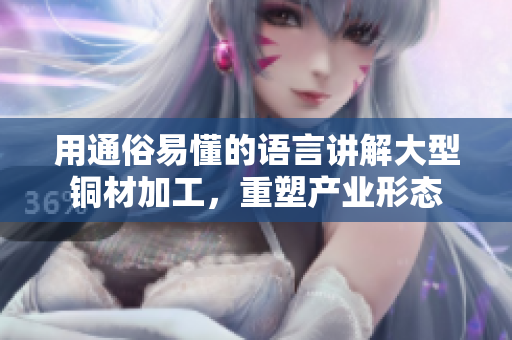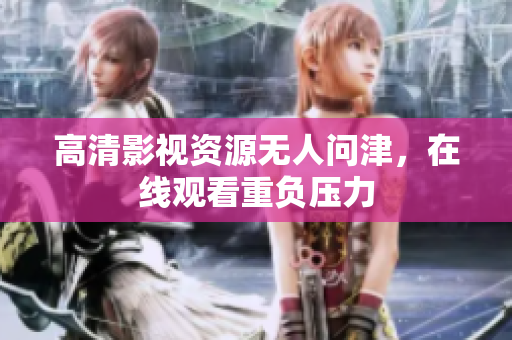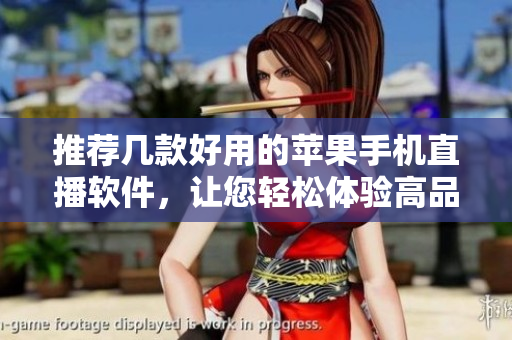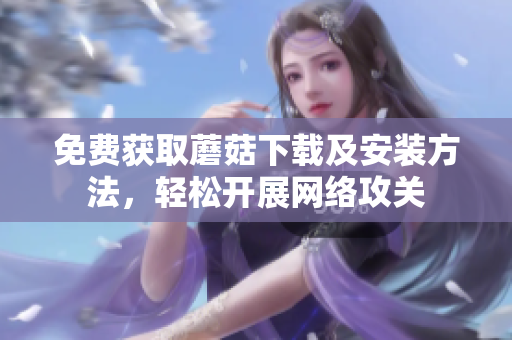Introduction
Art is an essential element of human culture, and it has been a part of our lives for centuries. Western civilization has produced some of the finest humanistic artworks, showcasing the very best of creativity, skills, and imagination. As we move towards the era of 5G technology, it's crucial that we educate ourselves about these timeless masterpieces. However, some students might struggle with grasping the beauty and significance of these works. In this article, let's explore how we can make these cultural treasures more accessible and exciting for students.
The Great Artworks of Western Civilization
Western civilization has produced masterpieces in various fields of arts, including painting, sculpture, literature, architecture, and music. Leonardo da Vinci's "Mona Lisa" painting, Michelangelo's "David" sculpture, William Shakespeare's "Romeo and Juliet" play, Beethoven's Ninth Symphony, and the Parthenon temple in Athens are just a few examples of these awe-inspiring creations. These works represent the pinnacle of human achievement, and they have had a profound impact on our society and culture.
The Importance of Art Education
Art education is vital for the overall development of a student. Through art, students can learn to express themselves, think creatively, and develop critical thinking skills. Exposure to different art forms can also broaden their perspective and enhance their appreciation of diverse cultures. Therefore, it's crucial that we prioritize art education in our curriculum and make it more immersive and engaging.
Creative Teaching Strategies for Art Education
When it comes to teaching art, there are various creative strategies that we can employ. For instance, using technology such as augmented and virtual reality can create an interactive, immersive experience for students. Students can also engage in a hands-on approach through art projects that allow them to create their artworks. Incorporating art field trips and museum visits can also deepen their understanding of the significance and context of these works.
Curriculum Integration
Art education can also be integrated into other subjects, such as history and literature. By linking art to history, students can better comprehend how art reflects the cultural and historical context of a specific time. Similarly, by associating art with literature, students can develop critical thinking and analytical skills in analyzing the narrative and visual elements present in artworks.
The Dangers of Monetizing Games
In recent years, there has been an increasing trend of monetizing games through in-game purchases. While this business model is profitable for game companies, it has a potential negative impact on students. Students may feel pressured to buy these virtual items, leading to addictive and potentially harmful behavior. As educators, it's essential to promote healthy gaming habits and discourage the monetization of games in the classroom.
The Importance of Academic Integrity
Academic integrity is fundamental to maintaining the rigor and ethics of education. Acts of plagiarism, cheating, or copying work diminish the value of education and compromise the integrity of the academic process. As educators, it's essential to foster a culture of academic honesty, respect, and responsibility among students.
Conclusion
In conclusion, the artworks of Western civilization are a treasure trove of humanistic culture. Art education is vital in developing critical thinking, creative expression, and cultural empathy in students. By adopting creative teaching strategies, integrating art into different subjects, and promoting academic integrity, we can create an educational environment that fosters holistic growth and prepares students for the world ahead.

